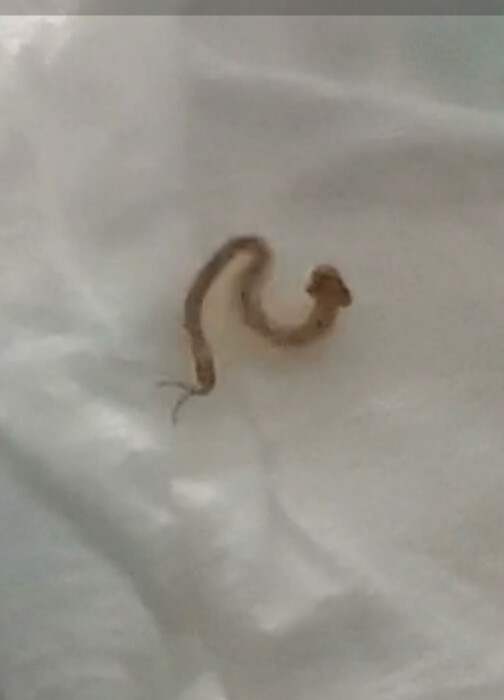
“I’m hoping someone can help me ID this very weird worm I found in a drop of water in our shower stall (hours after its last use)”, writes Leah in her submission regarding the creature pictured below. “I’m in Eastern Ontario. I thought maybe it was a drain fly or centipede but have been told it appears to be a worm. Any thoughts? Sorry for the poor quality photo. I’d really appreciate any assistance!” We do agree that this is a very strange-looking worm. It has qualities that remind us of creatures we are familiar with: the triangular-shaped head reminds us of a hammerhead worm or even a snake, but the two thin string-like appendages at the rear look like antennae (which would normally be on the head of an organism) which remind us of centipedes, which Leah already picked up on. That said, we do not think it is a drain fly (or drain fly larva). We also agree that the photo is unfortunately quite poor quality, which makes it hard for us to discern any other identifying features and give a confident identification.
The best we can do in this scenario is brainstorm some ideas for what this critter could possibly be and give some general recommendations for how to handle this. We suppose this could be a centipede with some deformity, or something stuck to its rear. That would make the end with the antennae its head, and the bulbous part its rear. Maybe it got stung by a wasp and it swelled up, though we would think that a creature of this size would die from a wasp sting. Alternatively, maybe this is an immature hammerhead worm with a couple hairs stuck to its rear that are perfectly positioned to resemble antennae. Or maybe this is a carpet beetle larva (which can have two long bristles on their rears) with an oddly-shaped head. Likewise, it might be a flatheaded borer (a type of beetle) larva. The shape of the body would make sense, but not the bristles/antennae. All of these would be weird to find in the shower, but there are no worm-like creatures that do show up in bathrooms that look like that (that we can think of).
What we recommend doing is covering all bases. Look for more of the creatures. If Leah finds more and wants us to have another go at identifying them, send sharper photos of the new organisms taken in better lighting. Alternatively, she can bring the critter(s) to her local county extension office or to the entomology department at a nearby university to get a second opinion; they might have a better chance at identifying the critter given that they can physically examine it. Likewise, if they are found in other parts of the home, clean the entire home: Vacuum. Launder clothing and textiles that the worms were on (or potentially on). Clean the bathroom thoroughly, paying particular attention to the drains. Make sure to clean out the organic film that tends to form in the lip of the drain (this should be cleaned out consistently either way). To prevent future invasions in the bathroom (or anywhere where there is a drain), make sure to consistently clean the drains and sanitize surfaces.
In conclusion, we are not sure what Leah found, as it truly looks like a centipede and a tiny snake morphed into one being. We recommend she take the critter to someone else to have it physically examined, and that she — at the very least — clean her bathroom. Luckily, since she only found the one creature, it is entirely possible it just wandered into her home or was accidentally brought in on someone’s clothing or shoes, and that it did not come from the drain (and is not leading any other creatures into her home!). We hope this helps, despite the fact that we did not arrive at a solid conclusion, and we wish Leah the very best.
All About Worms is always free, always reader-supported. Your tips via CashApp, Venmo, or Paypal are appreciated! Receipts will come from ISIPP Publishing.
You might also find these guys interesting!




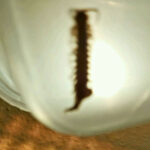
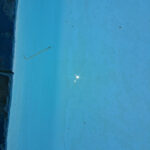
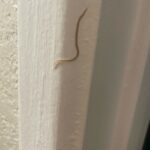
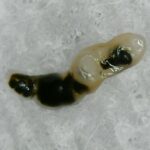
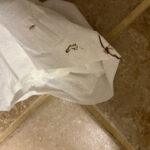
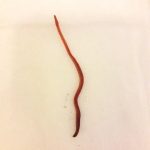
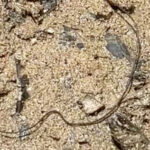
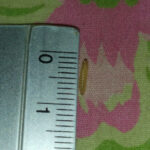
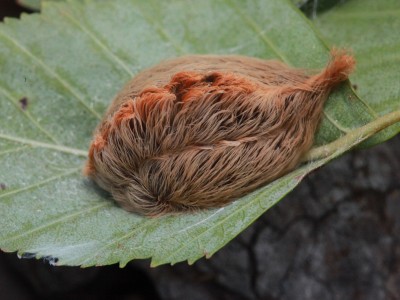
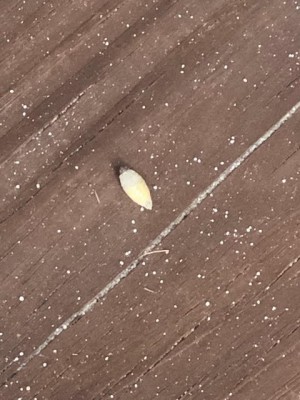

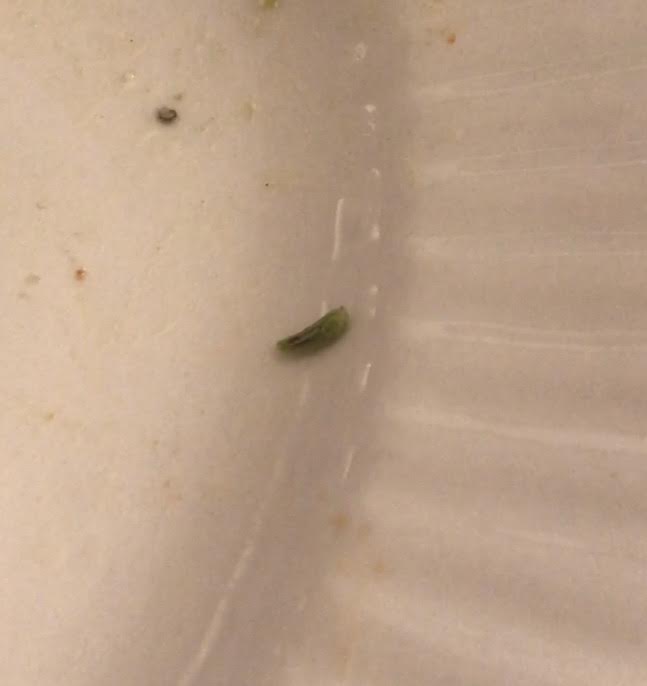


Hi. Just read your post. Hope you are feeling better by now. In regards to your worm photo, showing a spade-shaped head, this may be toxocara cati, the cat round worm.
If you go to the CDC.gov website, and search for toxocariasis, you will find a drawing indicating how the worm and the disease are spread. The CDC’s drawing of this worm looks just like the worm in your photo, but for the 2 little appendages sticking out of the posterior. These “appendages” might not be a part of your worm. They could be the ends of one, skinny worm that accidentally entered your worm’s posterior, and then worked to free itself. Or, they could be “temporary legs” that some roundworms develop shortly after hatching. For a brief time, they can walk, and this makes food-finding more successful. I have video footage of “walking worms” and will do my best to locate them. One last thought… I may be totally off the mark here, but it seems to me that some worms (recently hatched) are able to eat with both ends, for a brief time. This make sense from the worm’s point of view. Two mouths = more food at the time when their nutrition is most vital. I have not seen this behavior in adult worms. Best wishes to you for good health and happiness!
I agree; ignore the fuzzy tail which looks like a snake head. Probably the tail is stuck on something or wrapped around something. This appears to be the same worm that a woman claims to have spit out of her mouth, and which I just found on the counter to my bathroom sink. NOT a centipede; I’m quite familiar with those. This critter is MUCH thinner, to the point of being fragile. Touch it and it wriggles around like crazy. My only guess is that it came up from the drain pipe. I can’t believe it to have come out of your or my body as the other woman asserted.